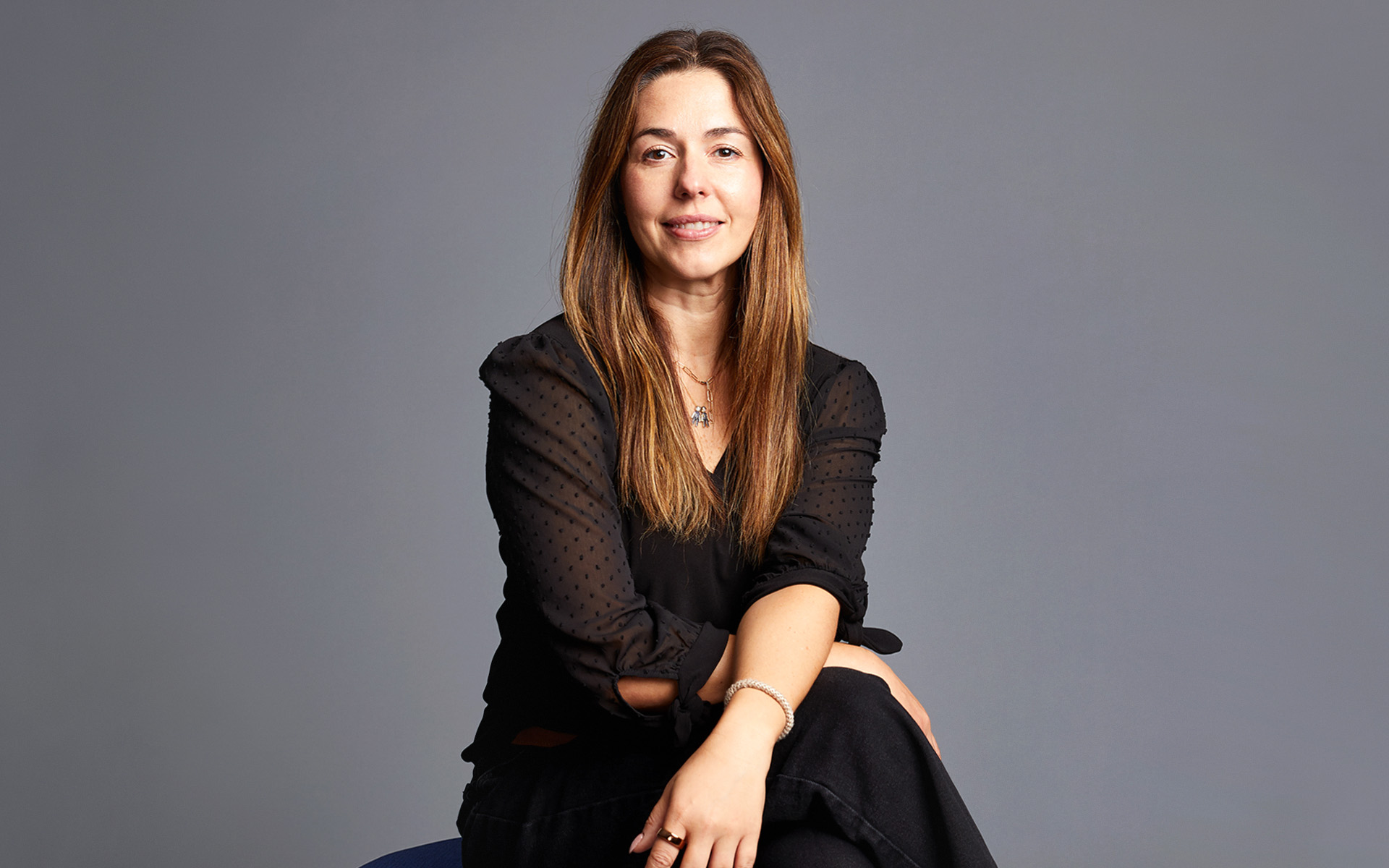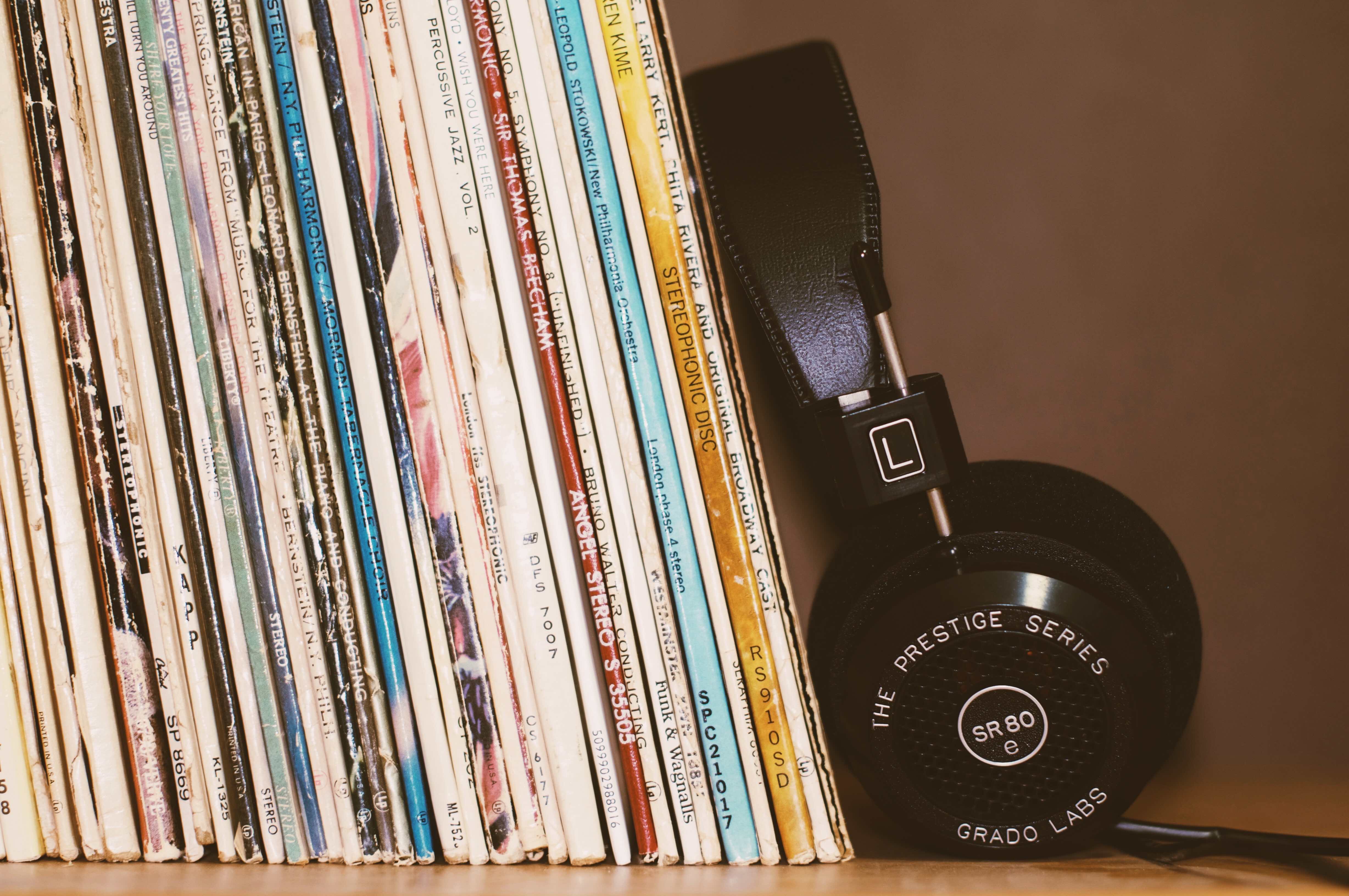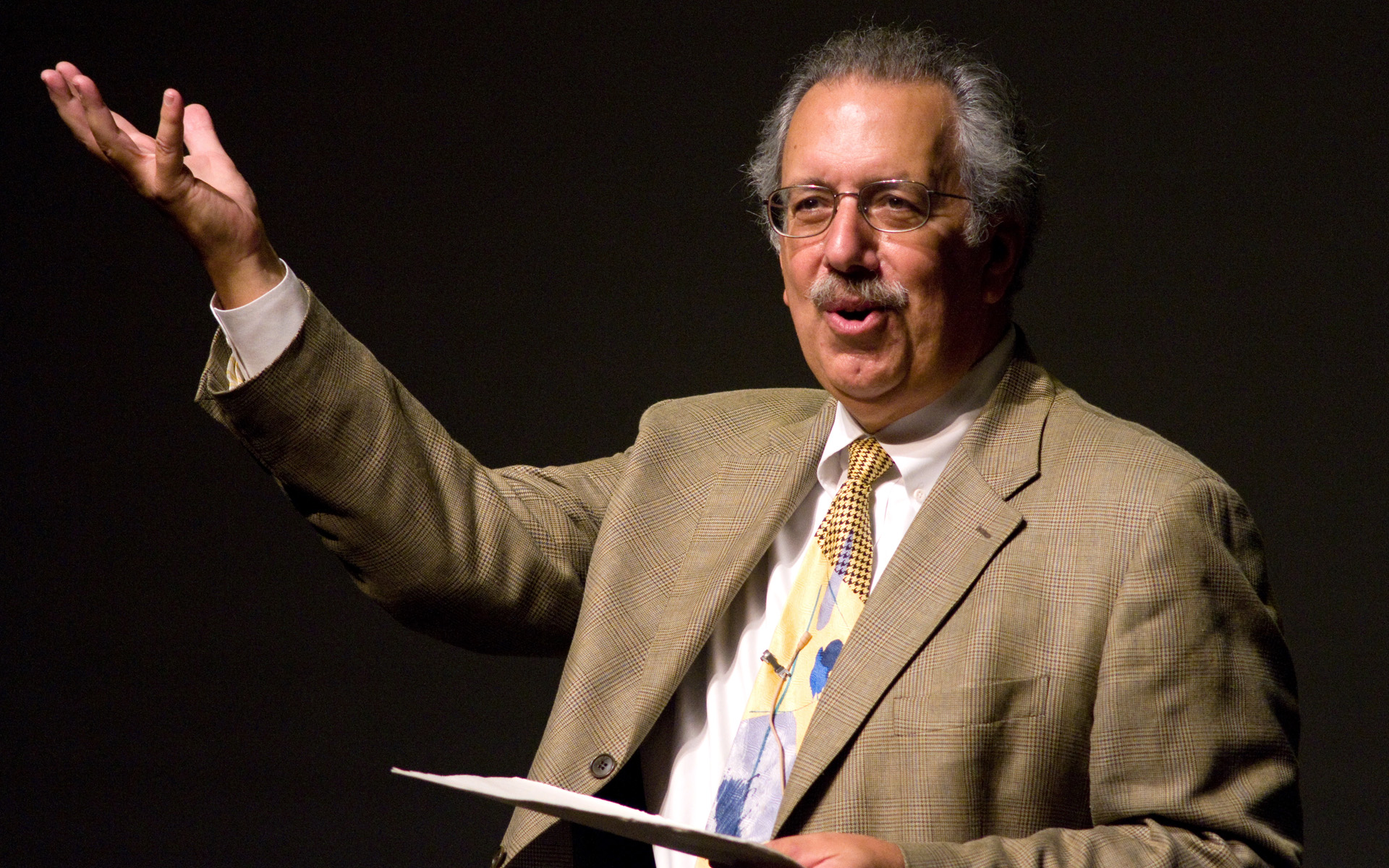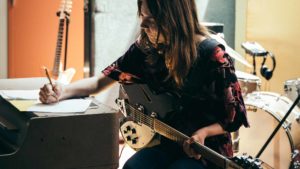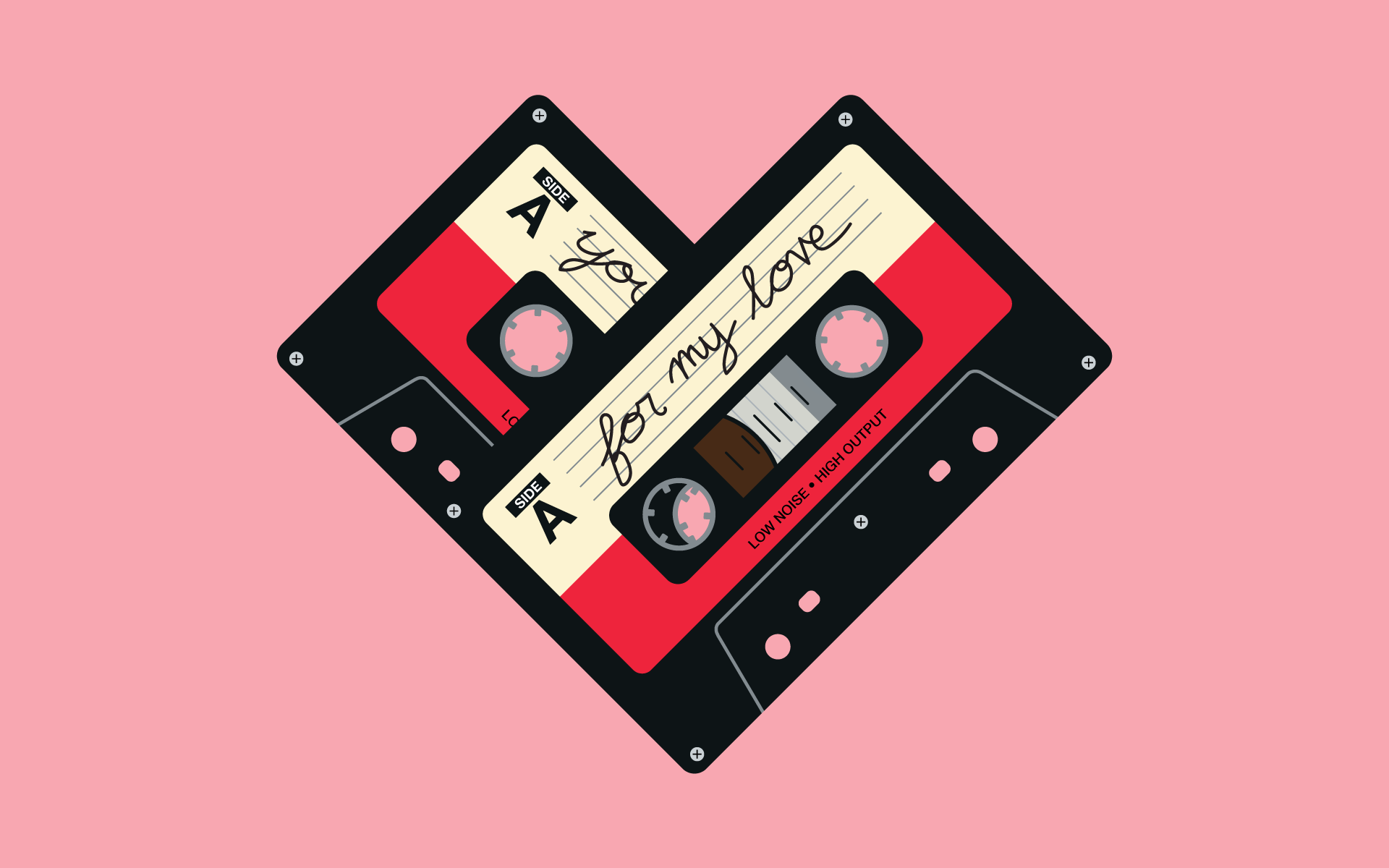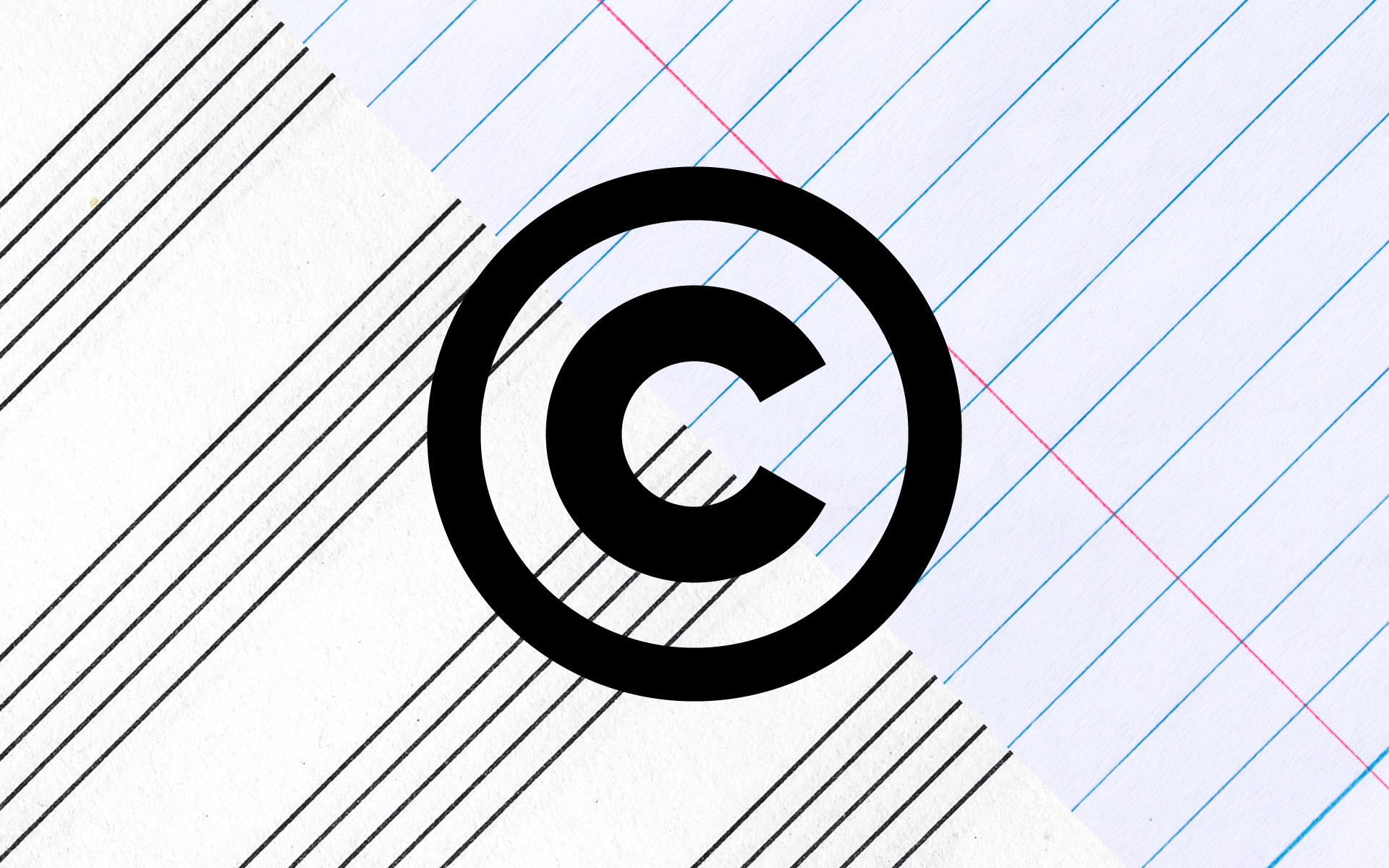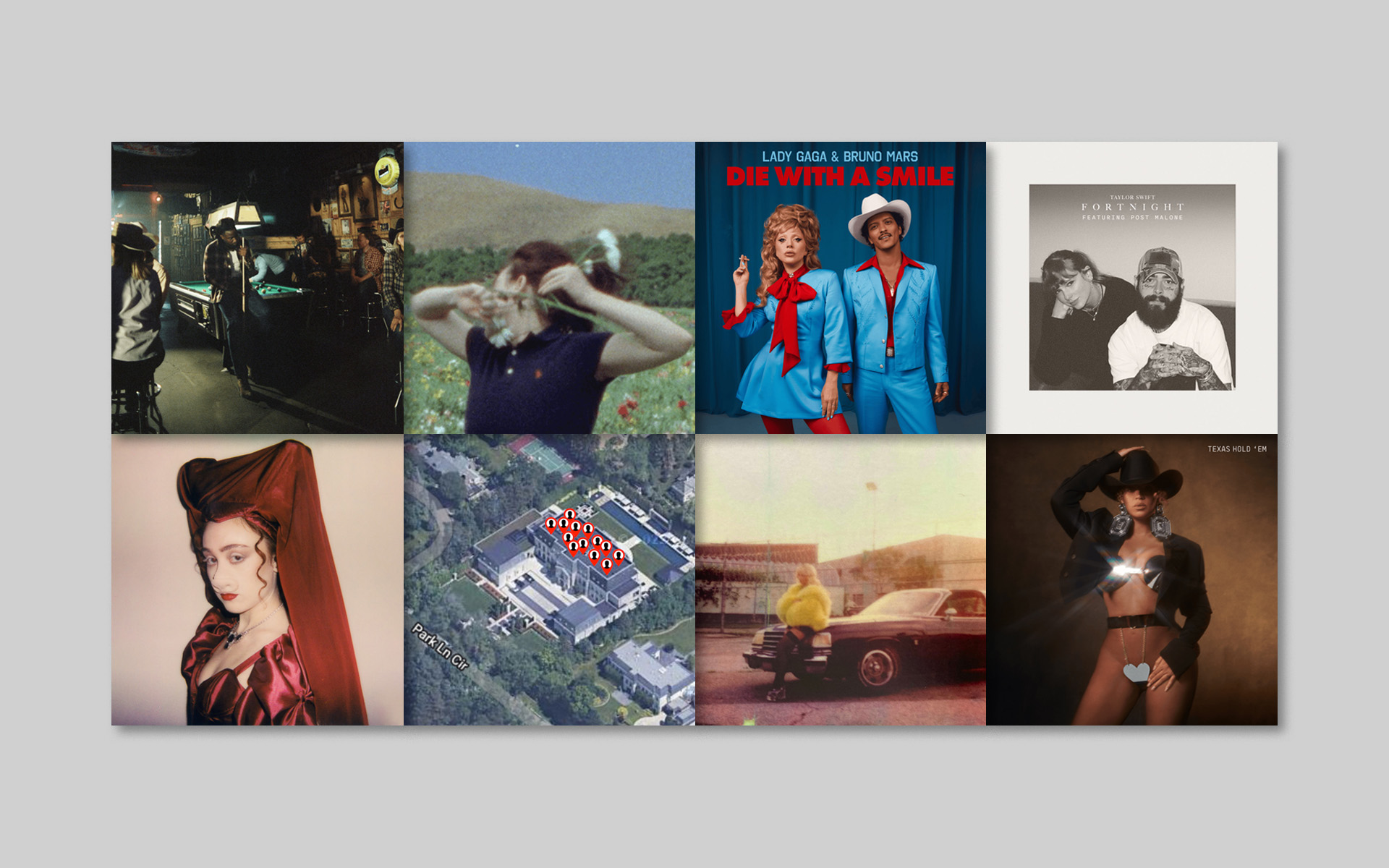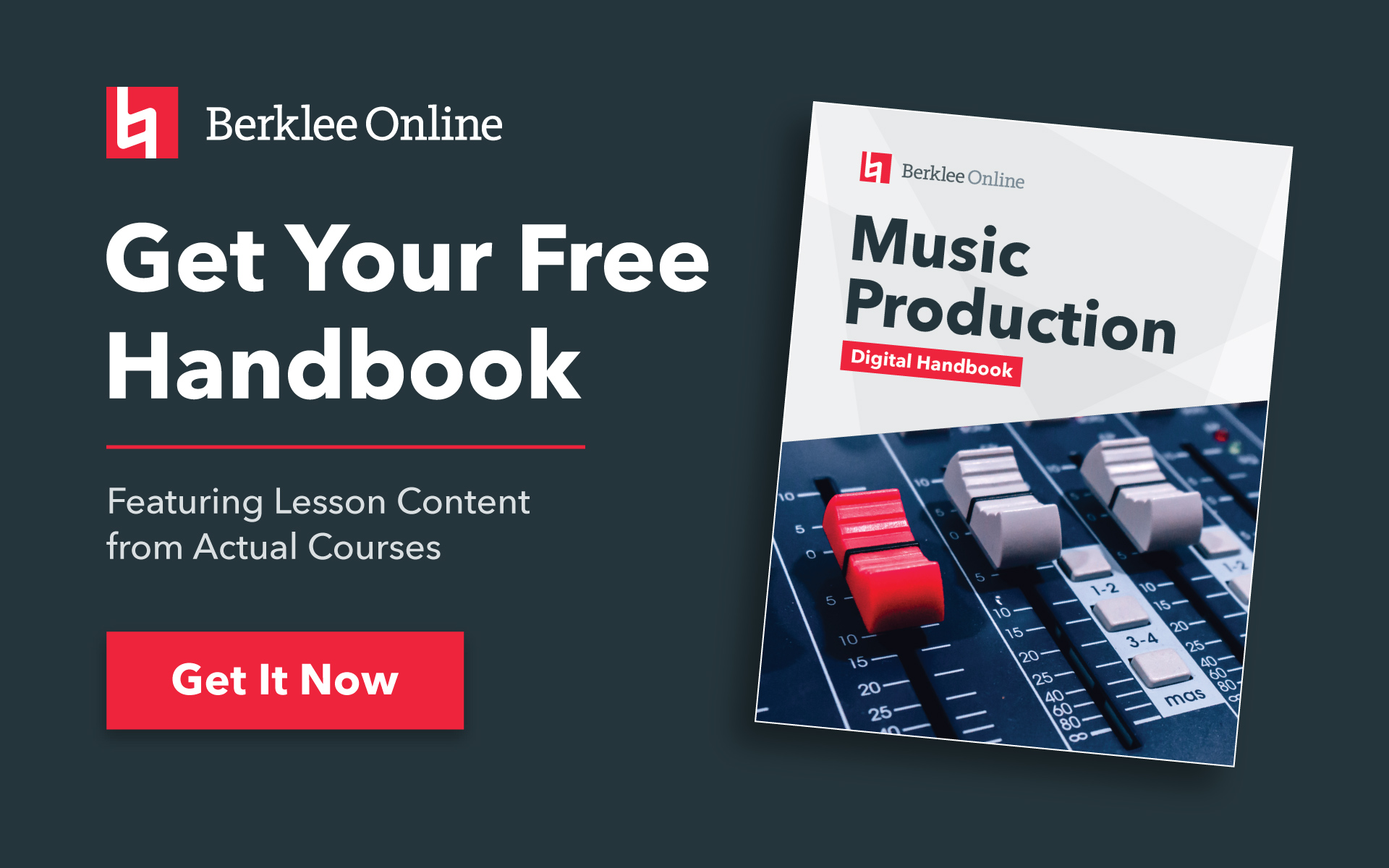There’s a saying, “Copying is the highest form of flattery.” Copying is also one of the best ways to hone your production skills. Taking the time to pick apart and copy a song by your favorite producer is almost like being an intern for that producer. You’re getting the benefit of dissecting the techniques used to produce their unique sound without the hazards of being an actual intern (you’ll never be shackled to the coffee maker nor asked to clean up after the band).
TAKE A BERKLEE ONLINE COURSE WITH ERIK HAWK!
The object of copying a song is to get as close to the original sound as possible. However, even though this is a great bar to shoot for, it’s not usually possible from a technical standpoint. For example, the producer used a $20,000 Lexicon 960L reverb unit, and all you have to work with is D-Verb (the Pro Tools factory reverb plug-in). Obviously, the sound isn’t going to compare. Fortunately, simply going through the process of copying the song as closely as you can is practice enough. Even if your copy isn’t a dead ringer, you’ll still be going through the steps and experiencing the techniques required to create the producer’s sound. Of course, ultimately, the idea isn’t to become a clone of your favorite producer, it’s to learn a variety of techniques and then to apply them in your own unique ways.
Neither is it necessary to copy a song, from start to finish. It’s fine to copy just a short section of the song. For example, the chorus, the bridge, or simply the intro beat. The production elements that you’re wanting to emulate are, more often than not, contained in only a few bars of the music. Copying just a section makes it convenient to loop the part, then beat match your session’s tempo to the loop. This also makes comparing your copy to the original song, right in your session, a total snap. Plus, with your session beat matched to the original, it becomes possible to extract the loop’s groove (using a tool like Beat Detective in Pro Tools, Get Groove from Clip in Reason, or Extract Groove in Ableton Live) and apply it to your own tracks.
Here are some of the questions you should ask yourself when you copy a production:
Music: What is the harmonic structure and content of the song section?
- What are the chords, and is the bass playing the roots?
- How does the melody work with the chords?
- Are there harmony parts, and, if so, how do they relate to the melody?
Orchestration: What are the instruments?
- What kind of drums are being used, samples with a drum machine or a live drummer?
- What kind of bass is it, a live bass guitar or a synth?
- Which instrument is playing the chords, a guitar, a piano, or maybe a synthesizer?
- Is the lead line being sung by a vocalist or played on an instrument, such as an electric guitar or a synthesizer?
Production: How do the instruments sound, what types of tones and patches are being used?
- Is the bass clean or dirty sounding?
- Is the guitar an acoustic hollow body or a distorted electric?
- What type of synthesizers are being used, vintage hardware or the latest RTAS virtual instrument.
Mix: How does the mix sound?
- Does the kick drum sound heavily compressed or more open and dynamic?
- Are the hi-hats equalized to be very bright and light or dark and heavy?
- Is there a lot of reverb in the mix or just a little?
- Is there delay being used, and if so, is it applied to a lot of instruments, or just a few?
STUDY MUSIC PRODUCTION WITH BERKLEE ONLINE

